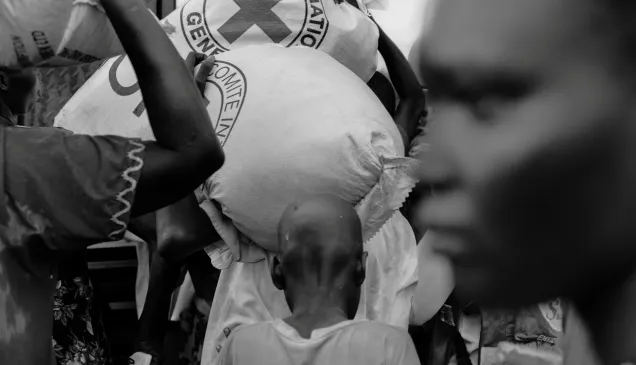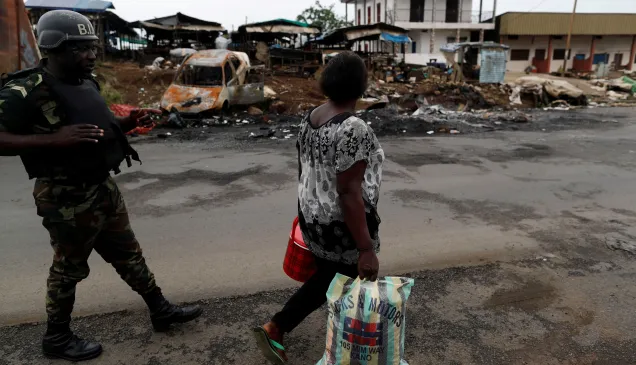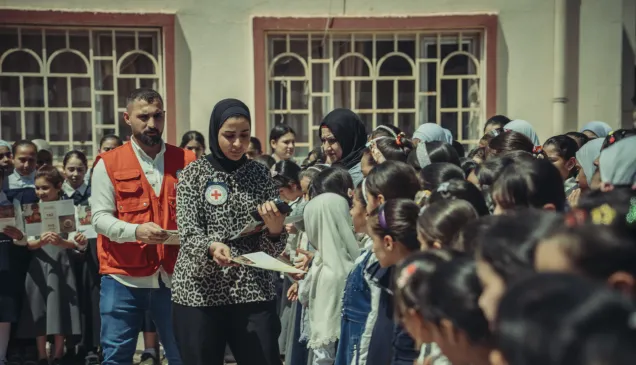Ongoing needs in Iraq
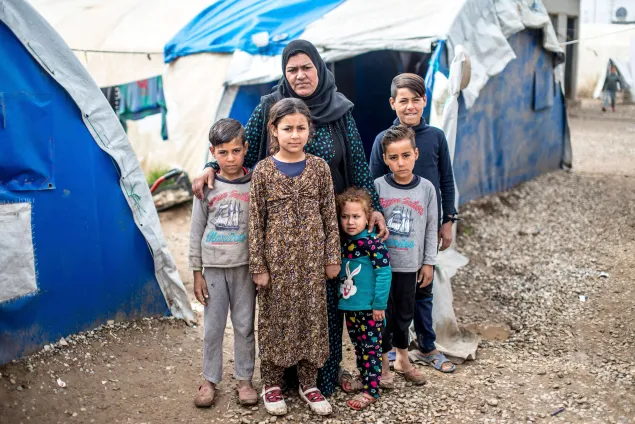
Two million people remain displaced in Iraq today. This mother and her children still live in a camp and dream of returning to their home.
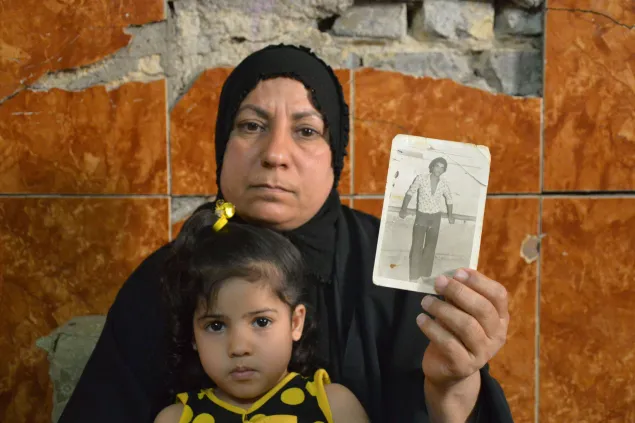
2017: The missing
Many Iraqis today do not know the fate of their loved ones. Decades of violence have left hundreds of thousands missing. The ICRC collects information from families with missing relatives and submits on their behalf the names of disappeared persons to the relevant authorities who may have information. This woman holds a photo of one her husband who has been missing since the Iraq-Kuwait war.
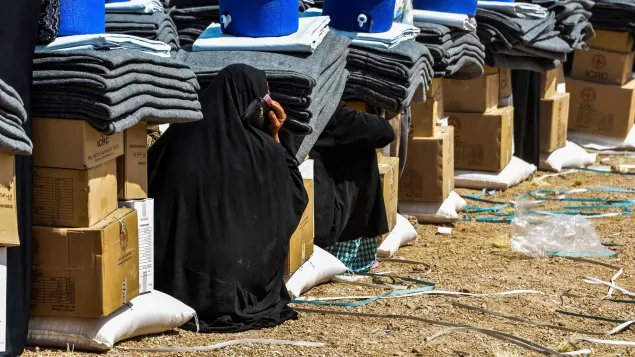
2016: 23 percent of the population require aid
Today, around 8.7 million people are in need of humanitarian assistance. This woman was among the 7,000 displaced by fighting in Fallujah in 2016.
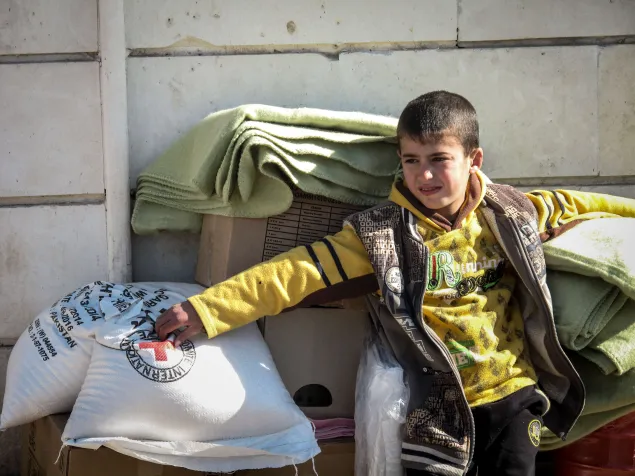
2015: Emergency distribution
In 2015, the armed conflict in Iraq again forced people to flee their homes. Some areas in the country witnessed major population movements as people escaped the fighting and sought shelter in safer areas. Food and essential items were distributed to the displaced, including this boy.
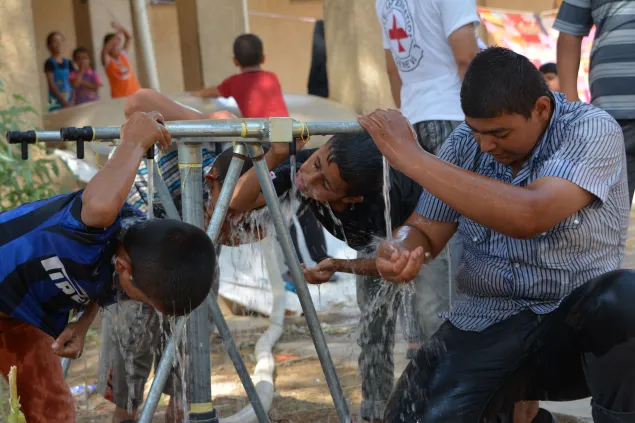
2014: Dry wells
Millions of people in Iraq today have little or no access to clean drinking water. This photo was taken in Diyala governorate inside a centre for displaced people.
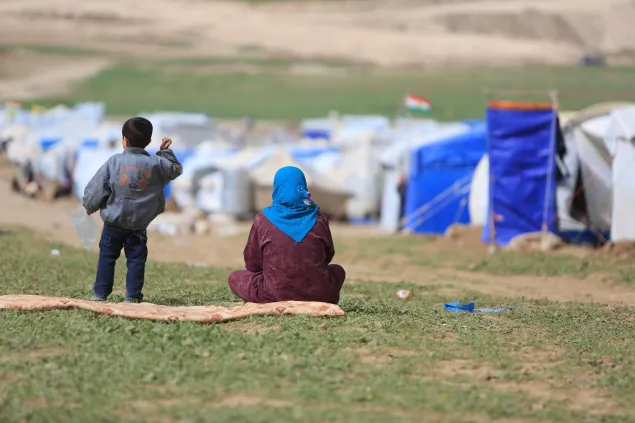
2013: Meanwhile on the Syrian border
The Syrian conflict has affected all the neighboring countries. Around 250,000 Syrian people fled their homes to Iraq because of the fighting.
In this camp, in the south west of Dohuk province, 56,000 Syrian refugees found a safe haven.
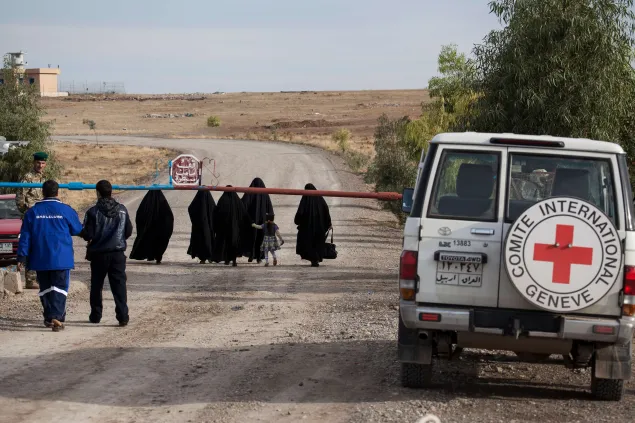
2012: Prison visits
For decades, the ICRC has been monitoring the conditions of detention and treatment of persons arrested. A photo from 2012 shows families from Baghdad leaving Chamchamal Prison after visiting their relatives.
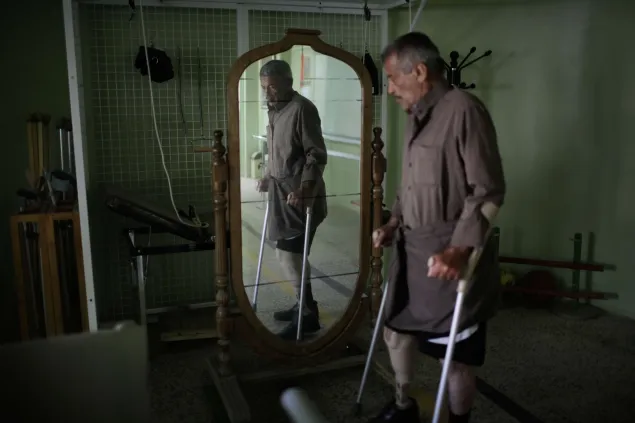
2011: Physical scars
Decades of fighting have left tens of thousands of people with disabilities. In Erbil, a man learns how to use his new artificial limb at an ICRC-run physical rehabilitation centre.
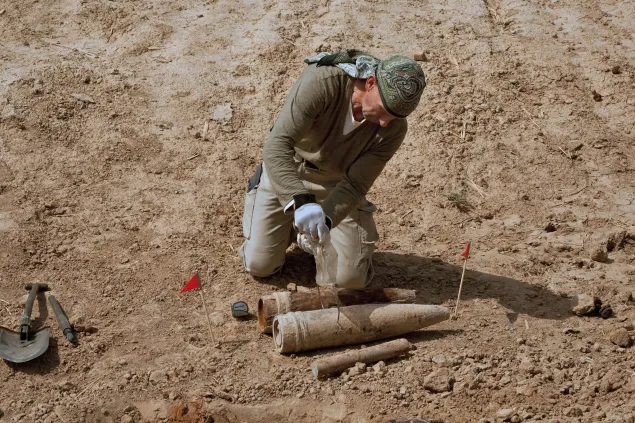
2010: After the fighting stops, danger remains
Iraq is considered one of the top countries most contaminated by explosive hazards in the world. Here, an ICRC explosive ordnance disposal staff member works on a clearance operation in Missan governorate.
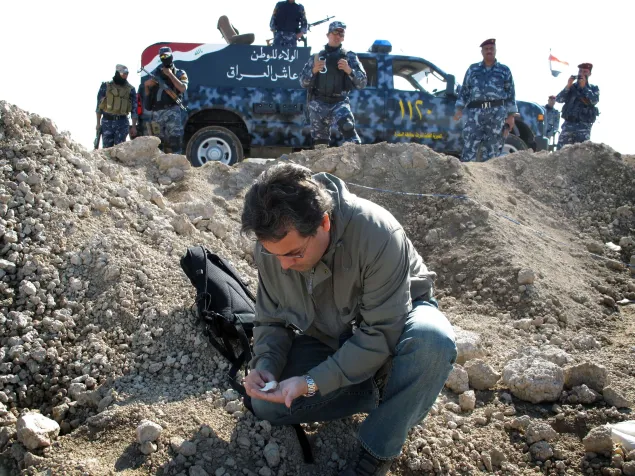
2009: Identifying human remains after the end of hostilities
The ICRC has been working alongside the Iraqi authorities to enable the recovery and handover of remains of Iranian and Iraqi soldiers who died during the 1980-88 war, in order to clarify the fate of those who went missing. The most recent transfer took place in July 2018.

